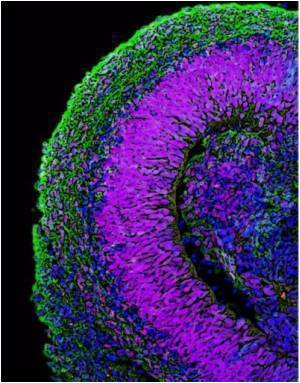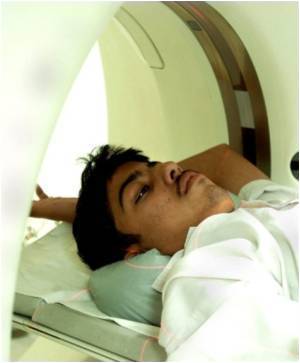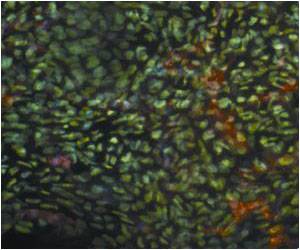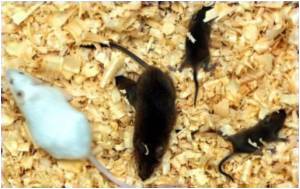
Researchers at the University of Rochester hoped to gain some insight into human stem cell processes by studying the intestinal stem cells of Drosophila (fruit flies), which have genetic structures that, in many ways, mimic those that are found in humans.
Biologists Heinrich Jasper, Christine Hochmuth and Benoit Biteau, and geneticist Dirk Bohmann of the University of Rochester Medical Center studied the function of two genes, Nrf2 and Keap1, which were already known as regulators of cellular responses to oxidative stress.
The research team was surprised to discover that, in contrast to other cell types, Nrf2 was active within the stem cells even in the absence of stress. This finding suggested that Nrf2 might have an unusual role in the control of stem cell function.
Indeed, the researchers found that Nrf2 prevents stem cells from dividing, and that only when Nrf2 is repressed can stem cell division take place. That's where the other gene, Keap1, comes into play.
When the intestine of the fruit fly is damaged, proteins secreted from the damaged cells send signals that activate stem cells.
Advertisement
Interestingly, Nrf2 controls stem cell activity by influencing the level of ROS (reactive oxygen species) in these cells. Nrf2 reduces the ROS levels in cells-and that's the mechanism by which Nrf2 helps to determine whether stem cells divide in fruit flies: Intestinal stem cell division can only take place when ROS levels go up, and as long as Nrf2 does its job, that won't happen.
Advertisement
Source-ANI










